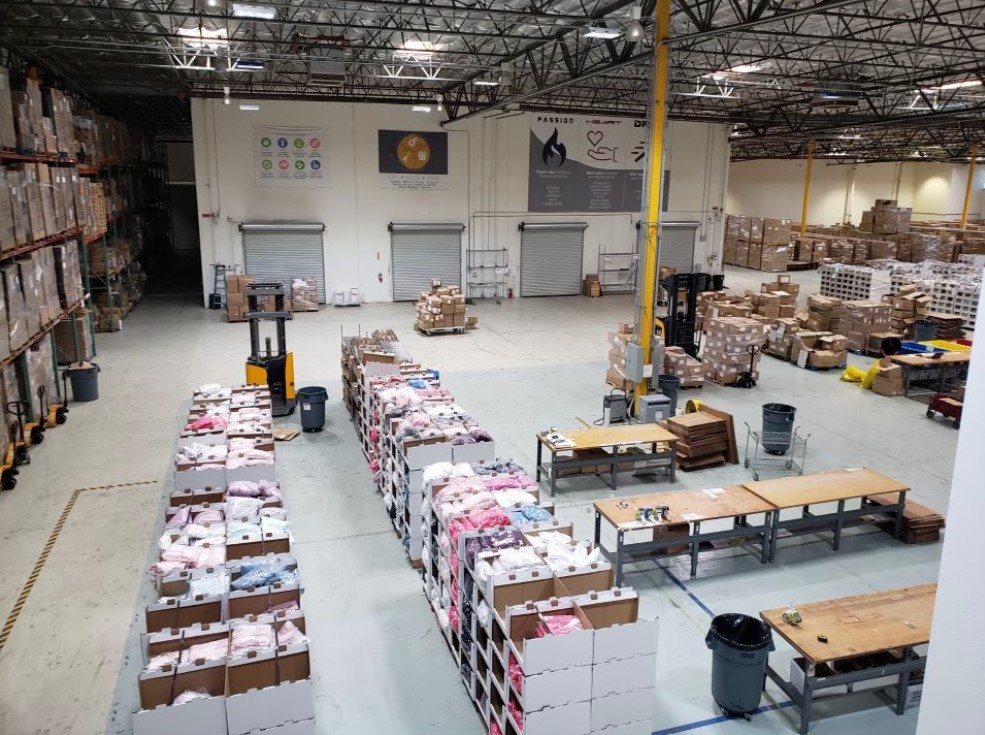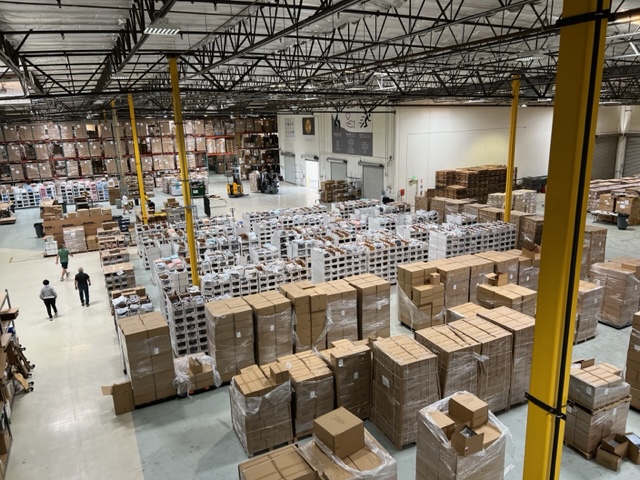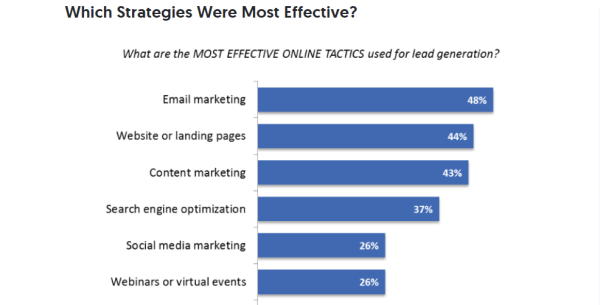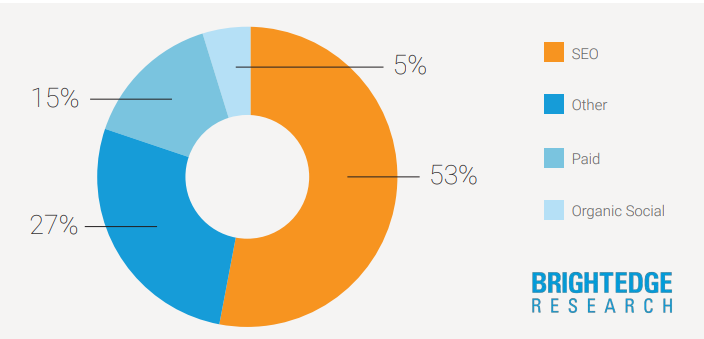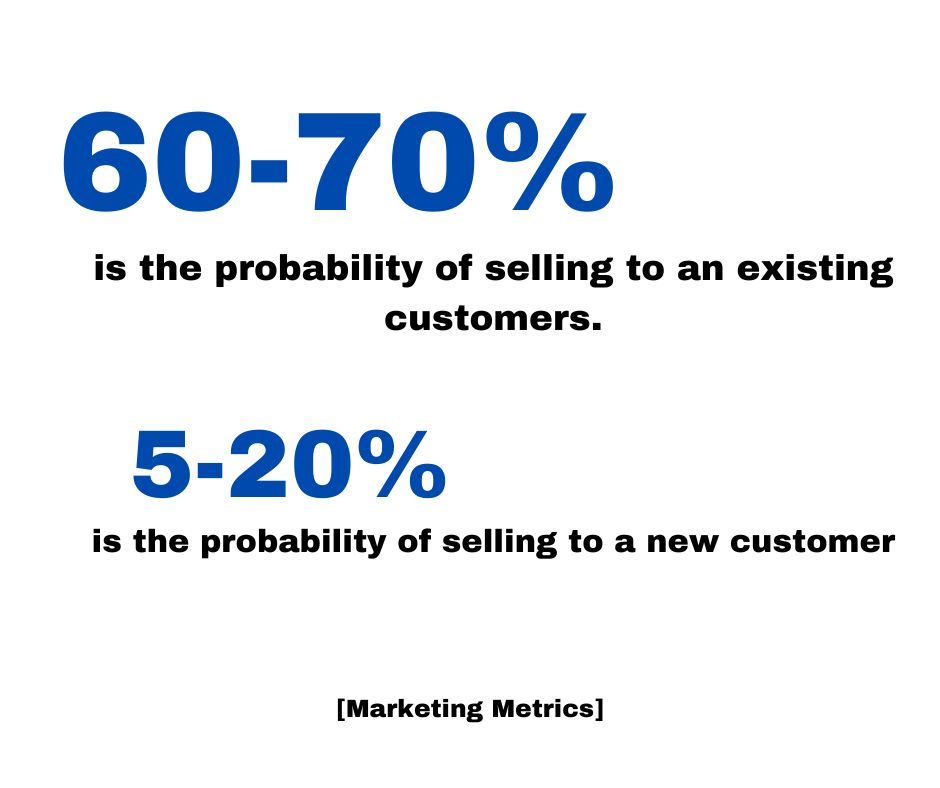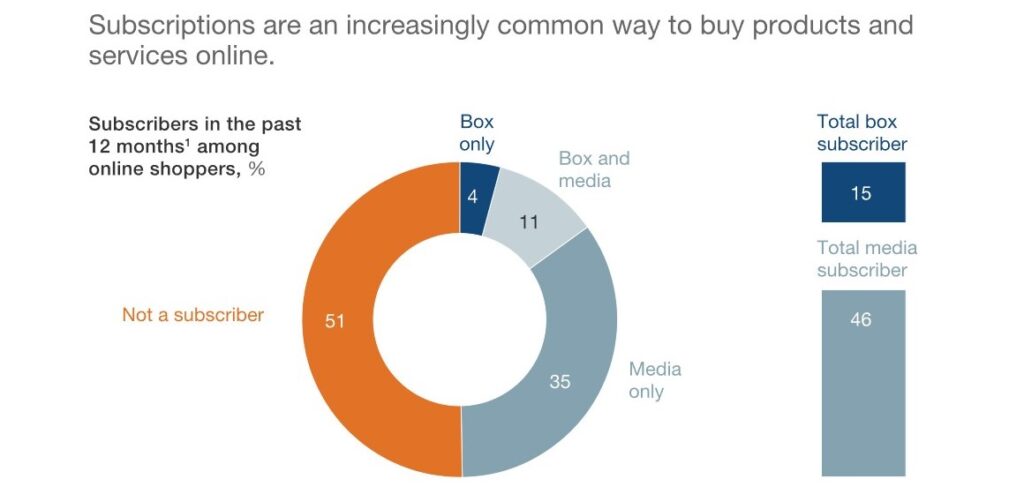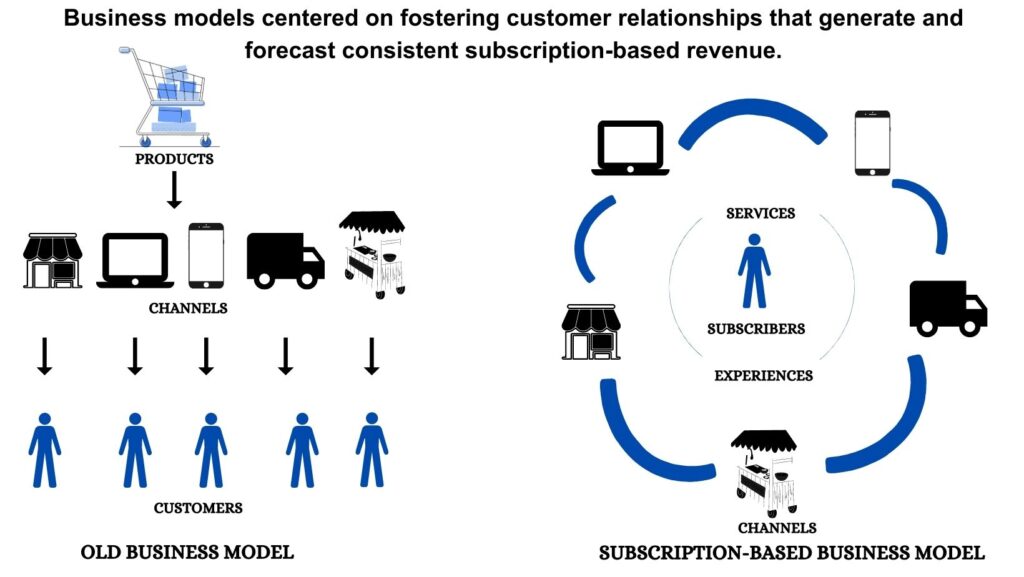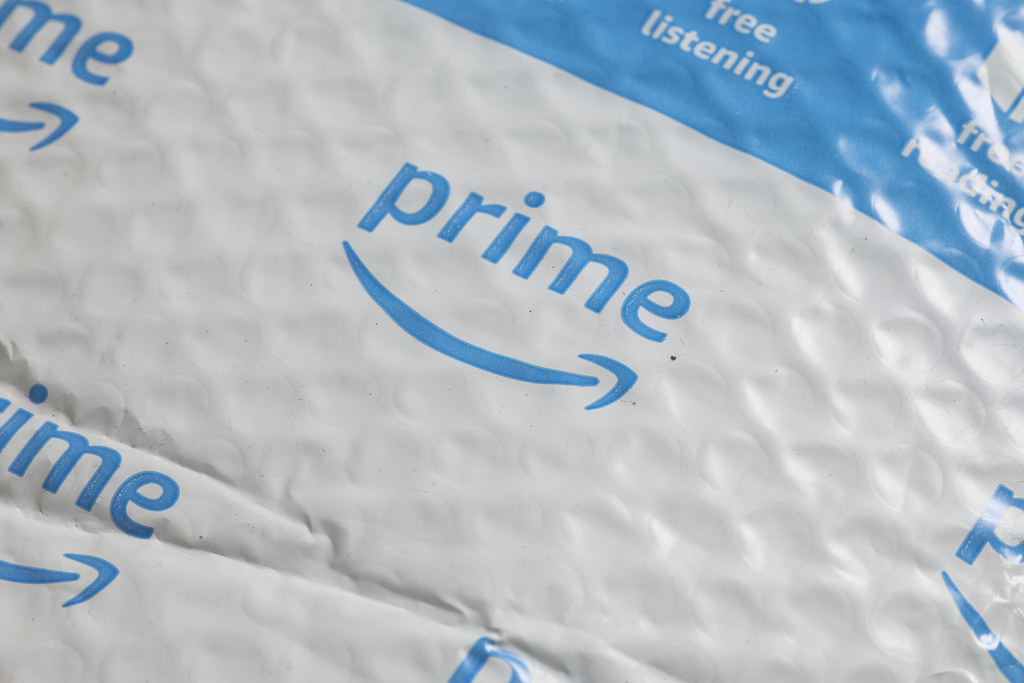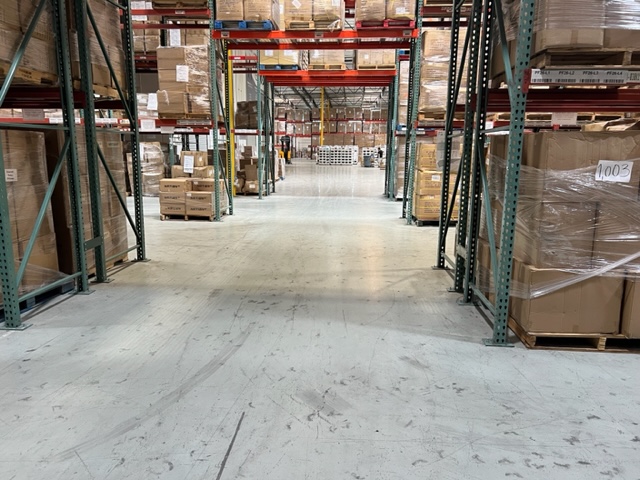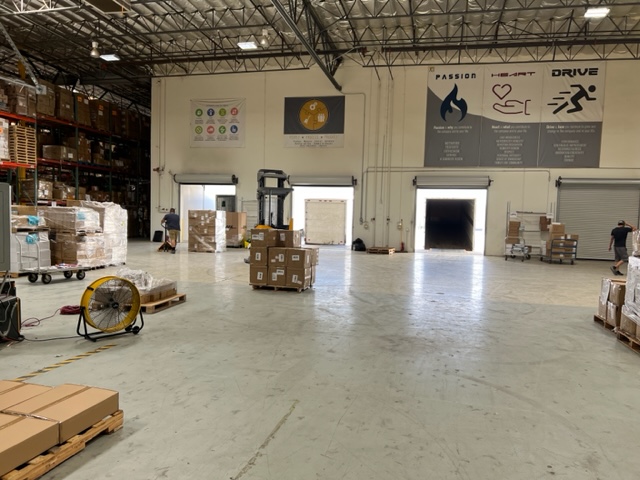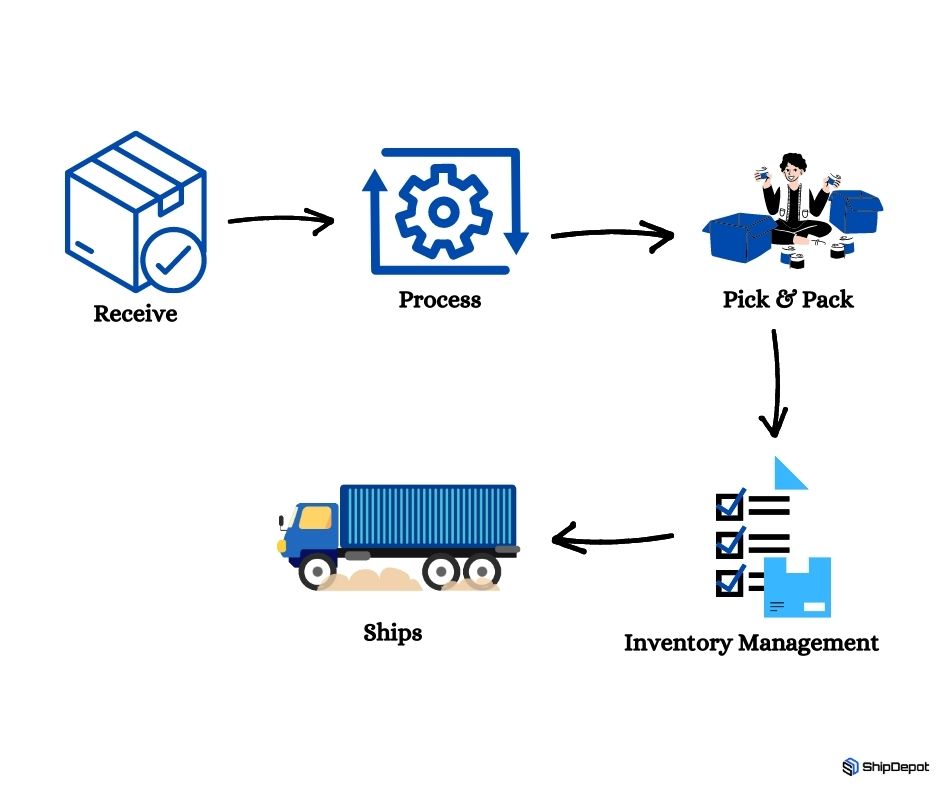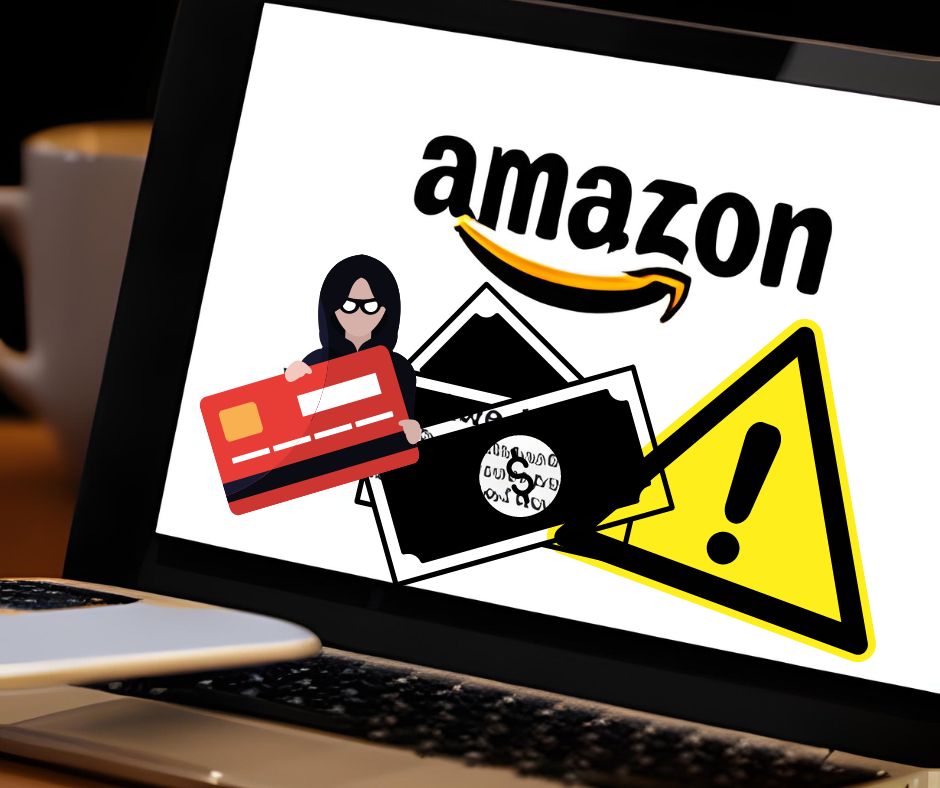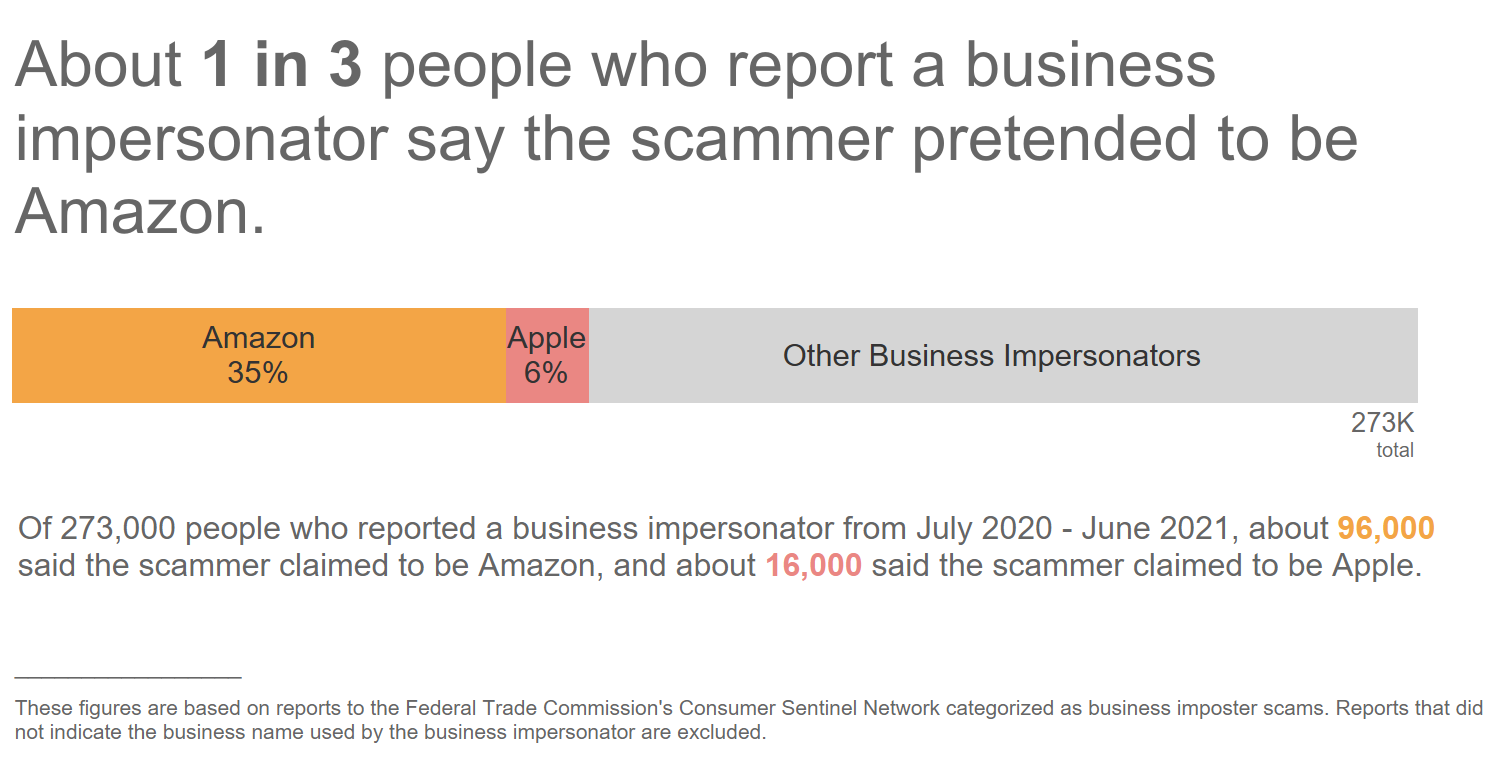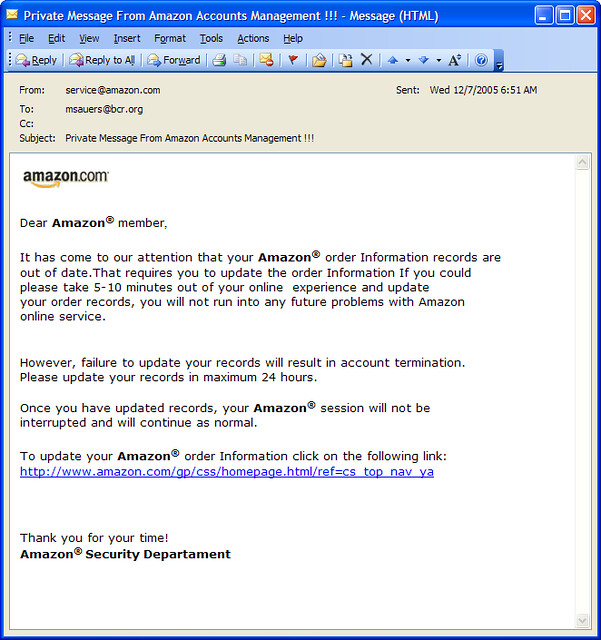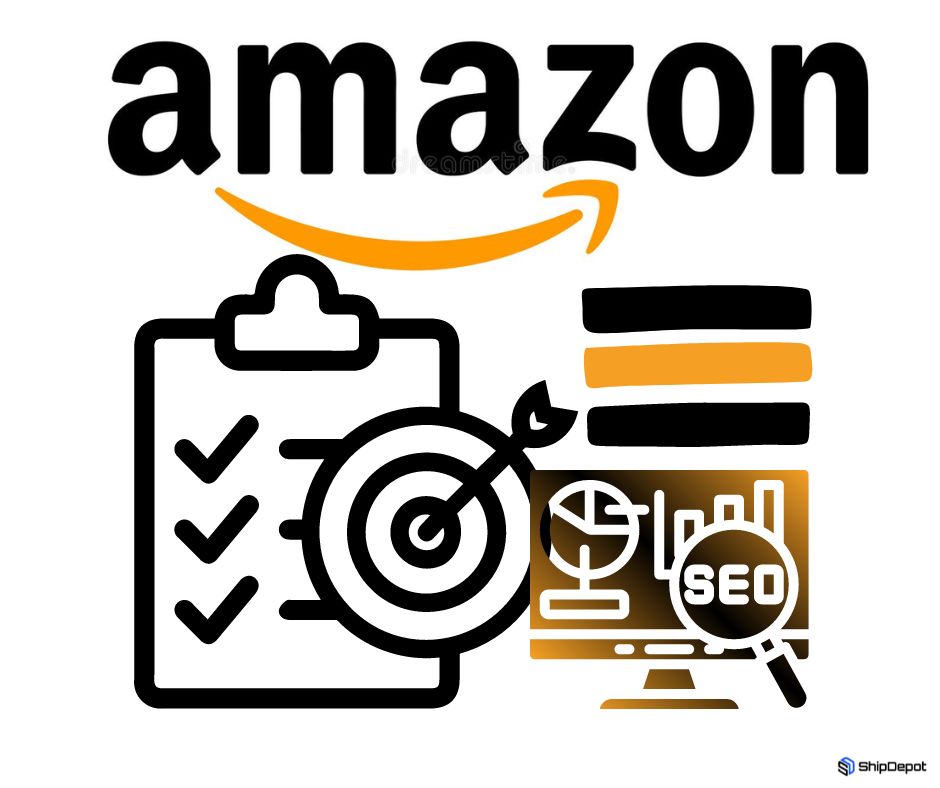They say “Having a good product is the key to success on Amazon.” Well, it’s true, but that doesn’t mean we should rely on the products alone.
Amazon is like a complex machine with multiple moving parts, all working together to create a successful online marketplace. One of the key elements that are crucial in introducing your product to the world is product listing optimization. By optimizing your product listings, you can improve your visibility, attract more customers, and ultimately increase your sales on Amazon. It’s like oiling a machine to ensure it runs smoothly. Think of Amazon as a delicious pizza – Product listing optimization is the extra cheese that takes it from good to great. Without it, you might as well be eating plain bread. In this article, we’ll cover a guide on how you can ace product listing optimization that can boost your Amazon sales and improve conversion rates.
What is “product listing optimization” and its importance?
Product listing optimization is the process of optimizing the content on a product listing page to increase the visibility and conversion rate of a product. It involves improving the product title, description, images, reviews, and other factors to make the product more appealing to potential customers.
Product listing optimization is important because it can significantly impact a product’s performance on an e-commerce platform. In competitive marketplaces like Amazon, where millions of products are available for sale, by optimizing a product listing, sellers can increase their chances of being discovered by potential customers and improve their conversion rate once a customer has found their product.
Understanding Amazon’s A9 Algorithm
Before we dive into optimizing your listing, Let’s take a look first at Amazon’s A9 algorithm.
When you search for a product on Amazon, you will see a list of search results. Have you ever wondered why some products appear at the top of the search results page and others appear further down? This is where Amazon’s A9 algorithm comes into play.
The A9 algorithm is Amazon’s proprietary search algorithm that determines which products appear at the top of the search results when a customer searches for a particular item on Amazon. The algorithm takes a number of factors into account, including:
- Product Title: The title of your product is one of the most important factors that the A9 algorithm considers. It should be descriptive, accurate, and contain relevant keywords.
Example: If you are selling a smartphone case, the title should include the brand name, model name, and any relevant keywords such as “protective” or “shockproof.”
- Product Description: The product description is another important factor that the A9 algorithm considers. It should provide detailed information about your product, its features, and its benefits.
Example: In the case of a smartphone case, the product description should include details about the material, design, and any unique features that set it apart from other smartphone cases.
- Bullet Points: Bullet points are a great way to highlight the key features and benefits of your product. The A9 algorithm takes into account the bullet points when determining the relevance of your product.
Example: The bullet points for a smartphone case could include features such as “shock-absorbing,” “anti-scratch,” “easy access to buttons and ports,” and “slim and lightweight design.”
- Product Images: High-quality images that showcase your product from multiple angles can help increase its visibility in the search results.
Example: In the case of a smartphone case, you should include high-quality images that show the case from the front, back, sides, and corners.
- Reviews and Ratings: The A9 algorithm also takes into account the reviews and ratings of your product. Products with higher ratings and positive reviews are more likely to appear at the top of the search results.
Example: Encouraging customers to leave reviews and ratings for your product can help improve your search ranking.
By understanding how the A9 algorithm works and taking these factors into account, you can optimize your product listings to improve your search ranking and get more eyes on your products.
You might want to read: A Premier Guide to Amazon PPC
What steps can you take to make sure your product listing is optimized to its fullest potential?
- Conducting Keyword Research
Keyword research is a critical step in optimizing your Amazon product listings. It involves identifying the words and phrases that customers use when searching for products on Amazon. By incorporating these relevant keywords into your product listings, you can increase your visibility and improve your chances of appearing at the top of search results.
One way to conduct keyword research is to use Amazon’s own search bar. Start by typing in the main keyword for your product and taking note of the auto-suggested search terms that appear. These suggestions are based on the most popular search terms used by customers and can provide valuable insights into the keywords you should be targeting.
Another way to conduct keyword research is to use third-party tools like Jungle Scout and Helium 10. These tools allow you to conduct in-depth keyword research, analyze competitor listings, and track your search ranking over time.
When conducting keyword research, it’s important to keep in mind the relevance of the keywords you choose. The keywords you target should accurately reflect the products you are selling and the search terms that your customers are most likely to use.
For example, if you are selling a laptop sleeve, relevant keywords could include “laptop sleeve,” “laptop case,” “protective laptop sleeve,” and “laptop sleeve with handles.” By incorporating these keywords into your product title, bullet points, and description, you can improve your search ranking for these terms and increase your visibility to potential customers.
- Crafting a Compelling Product Title
Your product title is one of the most important factors in determining whether a customer clicks on your product listing. Your title should be concise, informative, and include relevant keywords. It’s also important to include any unique selling points that differentiate your product from competitors. Avoid using all caps or special characters in your title, as this can come across as spammy and turn customers off.
Amazon’s guidelines for writing product titles:
- Length: Product titles should be no more than 200 characters, including spaces.
- Capitalization: Use sentence-style capitalization, which means that only the first letter of the first word, the first letter of any proper nouns, and the first letter of the first word after a colon should be capitalized. Do not use all caps.
- Symbols and punctuation: Do not use symbols or special characters, such as @, $, or %, in your product title.
- Abbreviations and acronyms: Use standard abbreviations and acronyms, and make sure they are commonly understood.
- Brand name: Include the brand name in the product title, but do not use it more than once.
- Product type: Include the product type in the title, such as “shoes,” “camera,” or “toaster.”
- Size and color: If applicable, include the size and color of the product in the title.
- Clear and accurate: The title should accurately describe the product and avoid any confusion or misrepresentation.
3. Writing a Detailed Product Description
Your product description is where you have the opportunity to go into more detail about your product and highlight its features and benefits. Again, it’s important to include relevant keywords throughout your description. But you should also make sure your description is well-written and engaging, with proper grammar and spelling. Use bullet points to break up large chunks of text and make it easy for customers to quickly scan your description.
Amazon’s guidelines for writing product descriptions:
- Length: Product descriptions should be no more than 2,000 characters, including spaces.
- Accurate and clear: The description should accurately describe the product and avoid any confusion or misrepresentation. Use clear and concise language.
- Features and benefits: Highlight the features and benefits of your product that set it apart from competitors.
- Use bullet points: Use bullet points to break up the description and make it easier to read.
- Include specifications: Include any relevant specifications, such as dimensions, materials, and weight.
- Include usage instructions: If applicable, include instructions on how to use the product.
- Avoid promotional language: Do not use promotional language or make any false claims about the product.
- Avoid contact information: Do not include any personal or contact information in the product description.
4. Using High-Quality Product Images
Product images are another important factor in determining whether a customer clicks on your product listing. Make sure you use high-quality images that show your product from multiple angles and in different use cases. Use white backgrounds to make your product stand out and avoid cluttered backgrounds that can be distracting. You can also use lifestyle images to help customers envision how they might use your product.
Amazon’s guidelines for product images:
- Image quality: Images should be high quality and at least 1000 pixels on the longest side.
- Product representation: Images should accurately represent the product and not include any confusing or misleading information.
- Background: Use a clean, white background for your product images.
- Multiple angles: Include multiple images that show the product from different angles, including any unique features or details.
- Image format: Images should be in JPEG or TIFF format.
- Image size: Images should be no larger than 10MB.
- Text and logos: Do not include any text, logos, or watermarks on your product images.
- Lifestyle images: Lifestyle images, which show the product in use or in context, can be included in addition to the standard product images.
5. Creating Compelling Bullet Points
Your bullet points should summarize the key features and benefits of your product in a concise and easy-to-read format. Again, it’s important to include relevant keywords throughout your bullet points. But you should also make sure your bullet points are written in a way that engages the reader and highlights what makes your product unique. Use bold text and symbols to draw attention to important information.
Amazon’s guidelines for bullet points in product listings:
- Length: Bullet points should be no more than 500 characters each.
- Benefits-focused: Bullet points should focus on the benefits of the product and how it can help solve the customer’s problem or meet their needs.
- Features: Include the most important features of the product in the bullet points, but focus on the benefits.
- Use sentence case: Do not use all caps in the bullet points.
- Punctuation: Do not use periods at the end of bullet points.
- Order: Arrange the bullet points in order of importance, with the most important information at the top.
- Unique selling points: Include any unique selling points or differentiators that set your product apart from competitors.
6. Encouraging Customer Reviews
Customer reviews are an important factor in determining your search ranking on Amazon. Encourage your customers to leave reviews by following up with them after their purchase and offering incentives for leaving a review. You can also respond to customer reviews to show that you value their feedback and are committed to providing excellent customer service.
Amazon’s guidelines for customer reviews:
- Be helpful and relevant: Reviews should provide useful information about the product, including its features, benefits, and drawbacks. Reviews should also be relevant to the product being reviewed.
- Be honest and unbiased: Reviews should reflect the customer’s genuine experience with the product, and should not be influenced by personal biases or outside incentives.
- Don’t include inappropriate content: Reviews should not include offensive language, personal information, or content that is illegal, sexually explicit, or otherwise inappropriate.
- Don’t violate intellectual property rights: Reviews should not include content that infringes on the intellectual property rights of others, such as copyrighted material or trademarks.
- Don’t manipulate reviews: Reviews should not be used to manipulate the overall rating of a product, such as by posting multiple reviews for the same product or by posting reviews for products that the customer has not actually used.
*** Amazon has systems in place to detect and remove fake customer reviews. Penalties for fake reviews can include suspension or termination of the seller’s account, removal of the product listing, and legal action in cases of fraud or other illegal activity. These measures help maintain the integrity of the review system and ensure that customers can make informed purchasing decisions based on genuine feedback.
7. Optimizing Your Product Listings for Mobile
With more and more customers shopping on Amazon from their mobile devices, it’s important to optimize your product listings for mobile. Make sure your product images are high-quality and load quickly on mobile devices. Use short, concise sentences in your bullet points and product description to make it easy for customers to quickly scan your listing on their phone.
How to optimize your product listing for mobile?
- Keep the title concise: Mobile screens have limited space, so it’s important to keep your product title concise and to the point. Use keywords that accurately describe your product and make sure the title is easy to read on a mobile device.
- Highlight key features: Mobile shoppers tend to skim through product listings, so it’s important to highlight the key features of your product in bullet points. Use short, clear statements that highlight the benefits of your product and make it easy for customers to quickly understand what your product offers.
- Optimize for voice search: With the rise of voice assistants like Alexa and Google Assistant, it’s important to optimize your product listing for voice search. Use natural language and long-tail keywords that are more likely to be used in voice searches.
- Test on multiple devices: Mobile devices come in various sizes and resolutions, so it’s important to test your product listing on multiple devices to ensure that it looks good and is easy to use on all screen sizes.
8. Utilizing Amazon’s Enhanced Brand Content
If you have a brand registered on Amazon, you can take advantage of Amazon’s Enhanced Brand Content (EBC) feature. EBC allows you to create more visually appealing product listings with additional images and multimedia content. This can help you stand out from competitors and provide customers with a better understanding of your brand and product.
Here are some ways to utilize Amazon’s EBC:
- Highlight product features: Use EBC to highlight the key features of your product with high-quality images, graphics, and text. This will help customers better understand what sets your product apart from competitors and why they should choose your brand.
- Tell your brand story: EBC allows you to tell your brand story and create a more emotional connection with customers. Use engaging visuals and copy to convey your brand’s values, mission, and history.
- Use videos: EBC also allows you to use videos to showcase your product in action or provide tutorials and demonstrations. This can help customers better understand how to use your product and its benefits.
- Cross-promote products: Use EBC to cross-promote other products in your brand’s portfolio. This can help customers discover other products they may be interested in and increase overall sales.
- Optimize for mobile: Make sure your EBC content is optimized for mobile devices, as more and more customers are shopping on their mobile devices. Use high-quality images and keep the copy concise and easy to read on smaller screens.
9. Monitoring and Adjusting Your Listings
Optimizing your Amazon product listings is an ongoing process. It’s important to regularly monitor your listings and adjust them based on customer feedback, changes in the market, and other factors. Use Amazon’s Seller Central platform to track your sales and search ranking, and make adjustments as needed to stay ahead of your competition.
Here are some ways to help you monitor and adjust your product listing:
- Track your performance metrics: Use Amazon’s performance metrics such as Sales, Conversion Rate, and Buy Box percentage to monitor how your products are performing. This will help you identify any areas that need improvement and make adjustments accordingly.
- Monitor customer feedback: Regularly check your customer feedback and reviews to identify any recurring issues or complaints. This will help you improve your product and listing and ensure that customers are satisfied with their purchase.
- Stay up-to-date with industry trends: Keep an eye on industry trends and adjust your product listing accordingly. For example, if a new feature or trend becomes popular, consider updating your product listing to include it.
- Optimize your product title and description: Make sure your product title and description accurately reflect your product and include relevant keywords that potential customers are searching for. Consider testing different titles and descriptions to see which performs best.
- Keep an eye on your competitors: Monitor your competitors’ products and pricing and adjust your listing accordingly. Consider offering promotions or adjusting your pricing to stay competitive.
Wrapping up
Well, well, well, look who’s ready to conquer Amazon like a boss! You know what they say, “Having a good product is the key to success on Amazon,” but let’s not forget the cheese to our delicious pizza – product listing optimization. It’s like giving your product a virtual makeover and dressing it up for the online party.
And speaking of parties, let me tell you, Amazon is the ultimate online fiesta, with millions of products vying for attention. It’s like trying to find a needle in a haystack, but with the right product listing optimization, your needle can become the biggest, brightest, and most sparkly thing in the entire haystack.
So, take a deep breath, grab some coffee (or pizza, if you’re like me), and get to work on optimizing your product listings. Remember to conduct thorough keyword research, craft compelling product titles, descriptions, and bullet points, and showcase your product with high-quality images. And with Amazon’s A9 algorithm on your side, your product will be the belle of the online ball.
Now go forth, my friend, and show Amazon what you’re made of!

